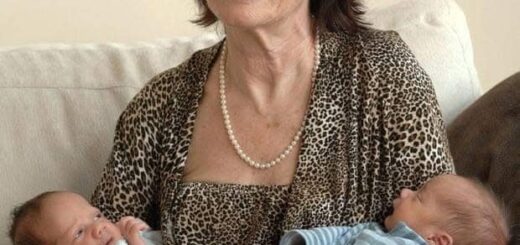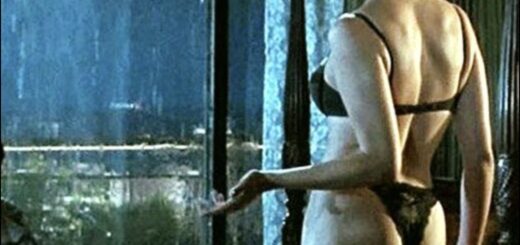Too Talented to Stay in Anyone’s Shadow
Sheree North was a woman whose talent, determination, and resilience carved her a lasting place in Hollywood, despite often being unfairly cast in someone else’s shadow. Born as Dawn Shirley Crang on January 17, 1932, in Los Angeles, California, she seemed destined for the stage.
She began dancing as a child, and during World War II, she entertained American troops through USO performances by the time she was just 10 years old. Her early exposure to the entertainment world sparked a lifelong passion for performing.
By the age of 16, North had already taken on adult responsibilities. She married draftsman Fred Bessire and had a daughter at 17. While navigating young motherhood, she continued pursuing a dancing career, appearing in local nightclubs under different stage names.

Her talent eventually caught the attention of choreographer Bob Alton, who opened the doors to her film debut in the Bob Hope comedy Here Come the Girls in 1953. That same year, she made waves on Broadway in the musical Hazel Flagg, earning her the prestigious Theatre World Award for her performance.
Now known professionally as Sheree North, she signed a contract with 20th Century-Fox in 1954. The studio, already facing a turbulent relationship with its biggest star, Marilyn Monroe, saw North as a potential successor. Fox’s executives believed she had the glamour, sex appeal, and screen presence to fill Monroe’s shoes—and possibly replace her altogether. North was even tested in roles initially meant for Monroe, such as The Girl in Pink Tights and There’s No Business Like Show Business, although she was ultimately passed over for those parts.
In an era when scandal could boost a career as much as ruin it, North’s past performance in an 8mm “bathing suit film” surfaced, and Fox skillfully spun it into publicity gold. Her big break came in 1955 when she was cast opposite Betty Grable in How to Be Very, Very Popular, a film Monroe famously turned down.
Though the movie was only a moderate success, North’s dynamic performance—particularly her lively rendition of “Shake, Rattle and Roll”—left critics impressed and audiences entertained. She graced the cover of Life magazine that year, dubbed as Monroe’s cinematic heir.
Despite her growing popularity, Sheree North never quite escaped the Marilyn Monroe comparisons. Still, she continued to work steadily, starring in films like The Lieutenant Wore Skirts (1956), a military-themed comedy with Tom Ewell, and The Best Things in Life Are Free (1956), a musical about songwriting legends. Her dance sequences—especially a number with ballet dancer Jacques d’Amboise—highlighted her exceptional versatility as both an actress and dancer.
As the 1950s waned, North branched into more dramatic roles in films such as The Way to the Gold, No Down Payment, and In Love and War. Yet by 1958, her contract with Fox had ended, and with it, the studio’s attempt to package her as a blonde bombshell replacement. Far from giving up, she took on a variety of roles across film and television, often reinventing herself in the process.
In the late 1960s, she returned to the big screen in the Elvis Presley vehicle The Trouble with Girls (1969), and through the 1970s, she found renewed acclaim in gritty crime and action films like Lawman (1971), Charley Varrick (1973), and The Shootist (1976). Many of these projects involved collaborations with director Don Siegel and proved North could handle complex, grounded characters far removed from the glamorized roles of her earlier career.
Television became an important outlet for North, and she appeared in a wide range of popular shows including Gunsmoke, The Virginian, The Fugitive, Hawaii Five-O, and Magnum, P.I. She had recurring roles on sitcoms such as Big Eddie and I’m a Big Girl Now and earned praise for portraying Marilyn Monroe’s mother in the 1980 TV biopic Marilyn: The Untold Story—a role filled with irony, considering her own history with Monroe’s legacy.
In the 1990s, a new generation of viewers discovered North thanks to her recurring role as Babs Kramer, the eccentric mother of Cosmo Kramer, on the hit sitcom Seinfeld. She also made memorable appearances on The Golden Girls, playing Blanche Devereaux’s serious and disapproving sister, Virginia.

Off screen, North lived a private life marked by four marriages and two daughters. Her first marriage to Fred Bessire produced one child. She later wed John “Bud” Freeman, Dr. Gerhardt Sommer—her longest union—and, finally, Phillip Alan Norman, whom she remained married to until her death.
Sheree North passed away on November 4, 2005, at Cedars-Sinai Medical Center in Los Angeles from complications following surgery, at the age of 73. While she may have entered Hollywood under the cloud of comparison to Marilyn Monroe, she ultimately carved out a distinct, respectable career spanning nearly five decades. Unlike many who burned out after their first burst of fame, North weathered typecasting, reinvented herself time and again, and found longevity through talent, discipline, and grace.
In hindsight, North was never merely a Monroe replacement. She was a dynamic performer in her own right—a dancer, actress, and scene-stealer who proved she didn’t need to be anyone’s second choice. She was always Sheree North.


